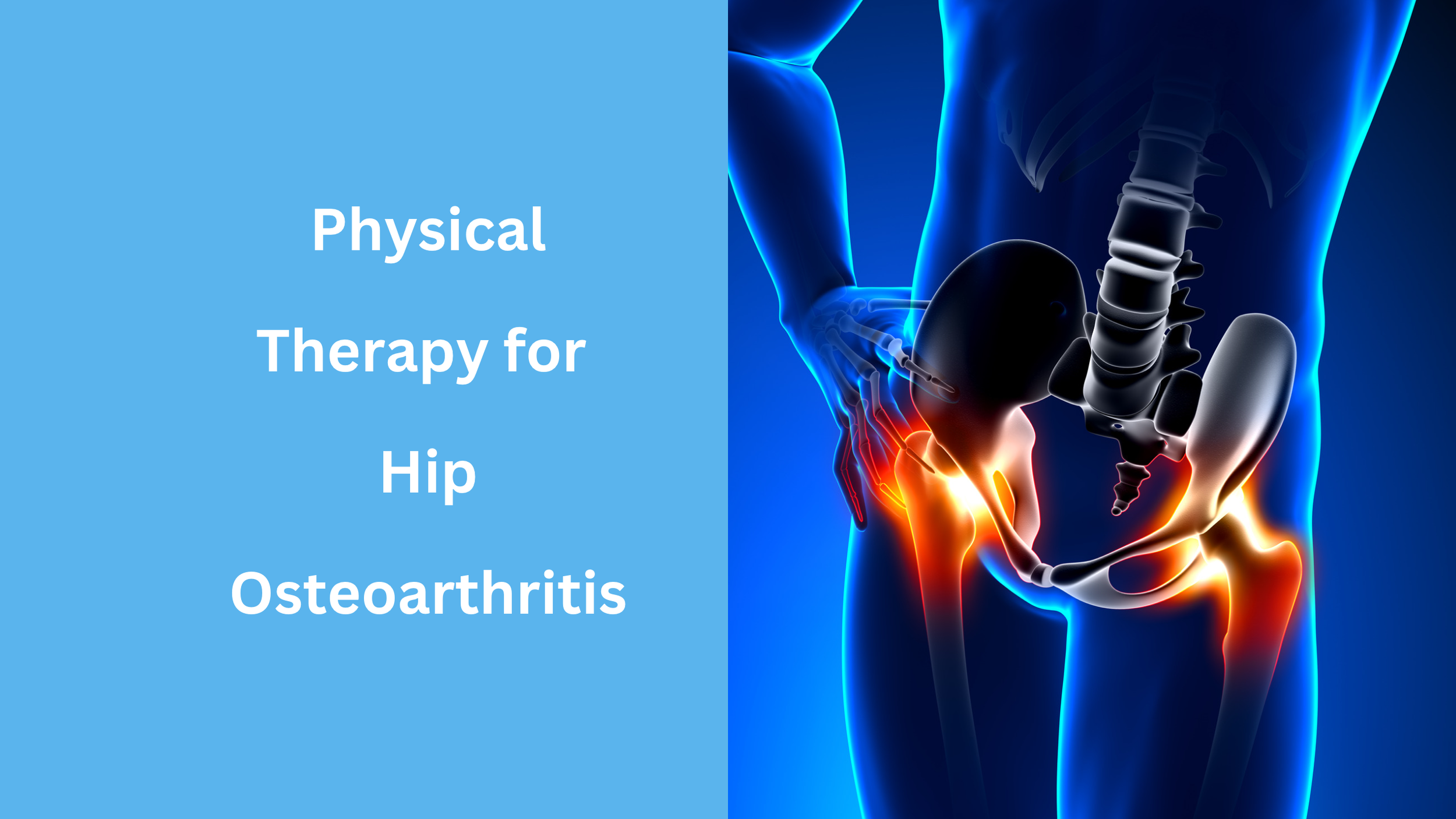Mangiarelli Rehabilitation Physical Therapy Blog
April 2024 Newsletter
Check out our April Newsletter, highlighting 8 tips to prevent low back pain this gardening season, exercise rehabilitation for multiple sclerosis, the best exercise to improve hip flexor stength, and the role of nutrition in osteoarthritis symptom management.
Physical Therapy for Hockey Injuries
Hockey is a high-intensity collision sport that requires athletes to skate a narrow contact surface (blade of the skate) on a low friction surface (ice) while moving in all planes of motion. The intensity of the sport can lead to a variety of injuries, such as concussions, shoulder separations, wrist fractures, MCL sprains, high ankle sprains, or FAI or hip adductor muscle strains. Physical therapy can help hockey players recover after injury and help hockey players prepare for the hockey season and reduce the risk of injury through a personalize strength and conditioning program.
Hip Stabilization Exercises
The hip is one of the largest, most dynamic joints in the body, designed to stabilize and mobilize the lower extremity. Hip stability means the musculature of each side of the hips works equally with every movement you take with muscles that aren’t too loose or too tight. Physical therapists can help you improve your hip strength and stability through targeted hip stabilization exercises. Mangiarelli Rehabilitation physical therapist Sarah demonstrates three hip stabilization exercises to strengthen the front, back, and side of the hip.
Physical Therapy for Hip Osteoarthritis
Physical therapy can help those with hip osteoarthritis manage arthritic pain and regain function, strength, and mobility in the hip through therapeutic exercise and manual therapy. Osteoarthritis of the hip causes the protective cartilage lining the bones of the hip joint to progressively break down, causing the bones to rub against each other and leading to intense pain and inflammation within the hip joint.
Walking After A Total Hip Replacement and Femoral Nerve Palsy
After undergoing a total hip replacement and suffering from femoral nerve palsy, Mangiarelli Rehabilitation physical therapy patient Kay has made incredible progress, advancing from walking with a brace with a walker to now walking with a cane! Femoral nerve palsy post-hip replacement involves injury to or compression of the femoral nerve, one of the largest nerves in the leg. A physical therapist can help reduce compression on the femoral nerve and help patients safely regain quadriceps muscle strength, relieve nerve pain, and improve walking ability.
















